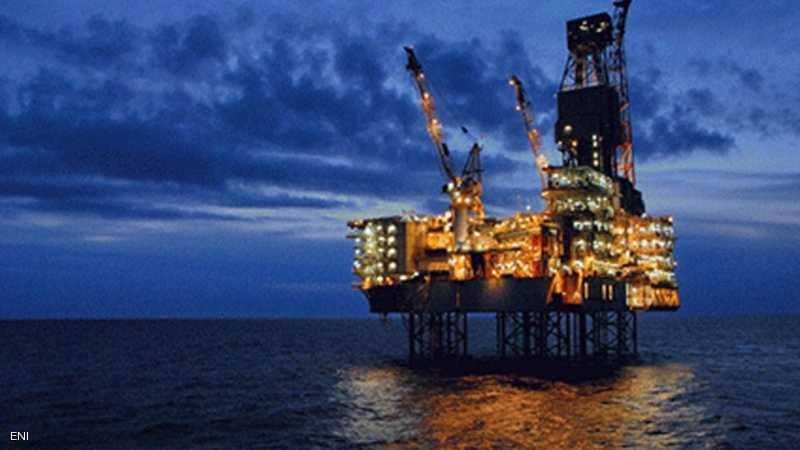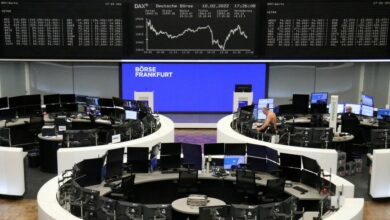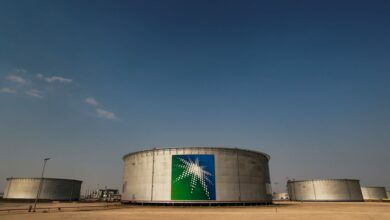
International Energy Agency (IEA) chief Fatih Birol said on Sunday that oil prices may have bottomed out, providing that the health of the global economy does not pose a concern.
Oil prices hit 2016 highs on Friday with Brent crude LCOc1. reaching $48.50 a barrel on optimism that a global oil glut will ease. That, coupled with a weaker dollar, has helped lift crude futures by more than $20 a barrel since prices plumbed 12-year lows below $30 in the first quarter.
A decline in non-OPEC production amounting to more than 700,000 barrels per day this year, and production outages such as in Nigeria and Kuwait, have driven the rally, Birol told Reuters on the sidelines of the Group of Seven energy ministers' meeting in Kitakyushu, southwestern Japan.
Asked if oil prices had bottomed out, he said: "It may well be the case, but it will depend on how the global economy looks like. In a normal economic environment, we will see the price direction is rather upwards than downwards."
"We believe under normal conditions towards the end of this year, second half of this year but latest 2017, markets will rebalance."
Birol said he hopes to see a rebound in upstream oil investments next year, following a 40 percent curb in investments over two years. Non-OPEC output is set to fall by more than 700,000 barrels per day this year, the biggest decline in around 20 years, he said.
"What we would like to see is, after a big decline in 2015 and 2016, there will be a rebound in investments (in 2017), and bringing (investments) to the level of $600 billion once again," he said.
Birol said a third year of decline in investments would be problematic for oil markets as it could cause oil price spikes and increase volatility, which would not be good for consumers.
With global oil demand seen growing by 1.2 million bpd this year, the draw in global oil stockpiles will start soon, which will help push up oil prices, he said.
"I think the trend is that there's a decline of stocks worldwide and the stock building rate is slowing down considerably, and we expect towards the end of this year stock draw will start to kick in," he said.
Birol said that despite the recent rally in oil prices, it will take a while to change the direction of falling U.S. oil production.
"It will depend on how high the price recovery will go and how long the level of prices will stay," he said.
"Our analysis shows we need $60-$65 of oil prices in order to reverse the trends in shale oil and this would require also some time for shale oil to come back because there's a lot of work to be done. We think up to one year is needed in order for shale oil production to change the trends."




